If you’re planning a trip to Denmark, Italy, or the United Kingdom, the U.S. State Department urges you to exercise increased caution. In September, these popular European vacation destinations had their warning levels elevated due to the risk of potential terrorist attacks.
Travel in Britain
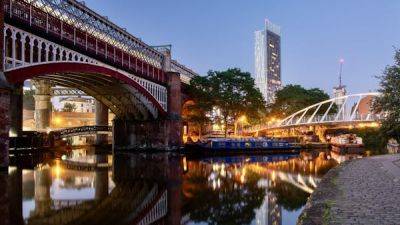
A perfect day in Manchester
Sep 22, 2024 • 5 min read
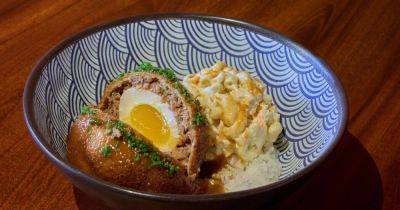
Can a Scotch Egg Be Fancy?
While there are countless ways to cook eggs, chefs currently seem fixated on the most hedonistic option: hard boiling and then coating them in a layer of ground meat before breading and frying them. Known as Scotch eggs, the treats are said to have been pioneered by the London epicurean shop Fortnum & Mason in 1738, after which they quickly became a fixture of British pub cuisine. The chef Ed Szymanski, 31, of Lord’s in New York recalls the Scotch eggs he encountered growing up in London as both ubiquitous and “quite bad.” His version features Madras-style spiced lamb in place of the usual pork sausage. “It’s like a supercharged croquette with an egg in the middle,” he says. In Seattle, the chef Sean Arakaki, 30, is also seeking to elevate the flavors of his childhood. Born and raised in Hawaii, he grew up eating loco moco: a hamburger patty served over gravy-drenched white rice with a sunny-side-up egg. At Itsumono, his restaurant in Seattle’s Japantown, his loco moco Scotch egg arrives atop rice and gravy with a side of macaroni salad. “You cut through the crumb to get to a runny yolk,” he says. For his Portland, Ore., food cart Tokyo Sando, the owner Taiki Nakajima, 36, makes a rendition with ajitama — soy-marinated boiled eggs — enveloped in a gyoza-inspired mix of ground pork and chicken with ginger and soy. Encrusted with panko and deep-fried, the eggs are sandwiched between slices of Japanese bread with mayo, roasted black garlic and cabbage. And in Mumbai, India, the chef Hussain Shahzad, 37, of O Pedro wraps his version in chile- and vinegar-laced ground lamb, drizzling on vindaloo sauce when the egg comes out of the fryer. “It’s not a monotonous dish,” he says. “You get crisp crust, juiciness from the meat and the runny yolk … playing on the palate at the same time. There are so many layers to it.” —

World’s most powerful passport: Spain knocked off top spot by Asian nation
Singapore has risen to the top of a ranking of the world’s strongest passports, knocking Spain off the top spot.

Is the Entry/Exit Scheme delayed again? What travellers need to know about new EU border checks
The EU's post-Brexit Entry/Exit System (EES) is due to launch in November, but recent reports suggest it may face further delays.
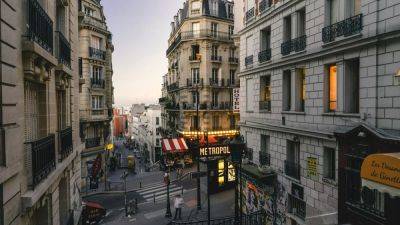
From Oslo to Budapest: These are the best and worst metro systems in Europe
Have you ever wondered which European cities have the best, worst and busiest metro networks? New research reveals the answers.

UK Electronic Travel Authorisation: When will the new visa-free entry system apply to Europeans?
The UK's Electronic Travel Authorisation (ETA) will soon apply to visitors from from Europe, Australia, the US and Canada.
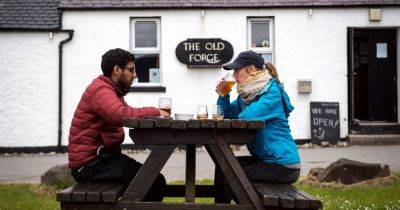
At a Remote Scottish Pub, a Pint Worth Hiking 20 Miles
The simple pleasure of a hot pub meal and a cold pint can be found just down the street for most people in Britain. Then, there is The Old Forge: perhaps the most remote pub on the mainland, lying at the end of a multiday wilderness hike through craggy mountains and glistening lochs.

Winding Through the Clouds on the Darjeeling Himalayan Railway
Kneeling up on their seats, a troop of school girls clapped as a popular Bollywood song played out from a phone. Plaited into loops, their matching hair swung to the rhythm of the train as it curled around a wide arc, the back end snaking out of a bamboo forest. I was on board the Darjeeling Himalayan Railway and the climb up West Bengal’s jungled slopes was alive with music, cheering, and hoots at every turn. From the open doorway I could smell the freshness of pine, its clean scent soon overpowered by skinny eucalyptus towering overhead. Leaning into the wind, I heard another favorite filmy number start up and ducked back inside to join in with the singalong.

How do I get a visa for China?
Sep 20, 2024 • 6 min read
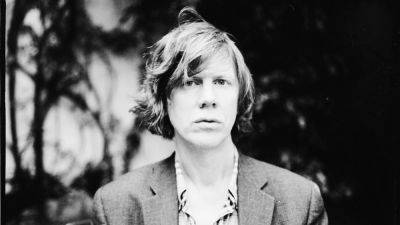
Thurston Moore Turned to Nature for Inspiration for His Latest Album
When recording his ninth solo album, Flow Critical Lucidity, Thurston Moore stayed local, holing up in a London studio near his home in Stoke Newington to lay down tracks. Yet while that process played out within walls thrumming with the sound of reggae, jazz, funk, and soul from neighboring musicians, the writing process took place further afield on Lake Geneva, where the Sonic Youth frontman reflected on the places that shaped him, like New York City during his No Wave days, as well as locations that serve as a call to action in protecting the planet, such as the rich nature of the Galápagos islands. Condé Nast Traveler caught up with Moore in the East Village earlier this summer to learn how nature informed much of the making of the album—and what life in 1980s downtown New York City, as captured in his recent memoir Sonic Life, was really like.

I moved from the US to Scotland. My social life looks much different here.
In 2017, I moved from the East Coast of the US to the UK and promptly met my Scottish husband.

Emirates Is Bringing Its Popular Premium Economy Seats to 6 US Cities
Emirates is one of the world's most beloved airlines, consistently voted by our readers as one of the top international carriers. A big reason for that is the quality and comfort of their seats—no matter which cabin you're flying in.

New Expedia CEO: Building Vrbo, Loyalty, and AI Tools
Ariane Gorin was on the Skift Global Forum stage for the first time since becoming CEO of Expedia Group. Gorin took the role on May 13 and moved to Seattle after living in London and Paris for the past 23 years.

Women Who Travel Podcast: A Life Changing Move to Rural Thailand
You can listen to our podcast on Apple Podcasts and Spotify each week. Follow this link if you're listening on Apple News.

This Major U.S. Airport Is Getting a Brand-new Lounge — What to Know
British Airways plans to open a club lounge at Miami International Airport (MIA) in 2025, debuting a brand-new location for premium passengers.

Why Accessible Space Travel Matters for Life on Earth
As someone who has lived and breathed the experience of navigating a world not always designed for me, the thought of space travel has always felt like a dream—a place where wheelchairs and paralysis would feel obsolete. But never in my wildest dreams did I think I would be able to experience it firsthand.

What is Not Allowed in a Plane Carry-On Bag, From Magic 8 Balls to Baseball Bats
What is not allowed in a plane carry-on can sometimes be unclear for many travelers—especially in light of the recent back-and-forth on the 100ml liquid limit in the UK and EU.

Vilnius is cheap, safe, and fun — no wonder it's the world's happiness capital for Gen Z
When Lithuania topped the World Happiness Report ranking for people under 30 earlier this year, it came as a bit of a shock — even for those who live there.
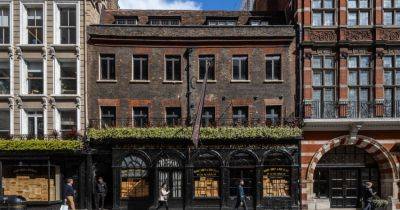
Finding London’s Most Distinctive Shops
A bottle of gin, a Paddington bear or a wicker picnic hamper full of jam and scones — these are just a few of the purchases the 20 million international travelers pick up while visiting London each year, often at famous British retailers like Harrods and Fortnum & Mason.

Explora Journeys Celebrates Naming Ceremony and Official Launch of Explora II
Explora Journeys has officially celebrated the naming ceremony of its latest luxury ship, Explora II, at the port of Civitavecchia, Italy, near Rome. The event marked another significant milestone for the MSC Group’s luxury lifestyle ocean travel brand, following the ship’s official delivery just days ago.
Popular Locations
Have great time reading Britain Ideas, Tips & Guides and scrolling Britain stuff to learn new day by day. Follow daily updates of our gardening & homemade hacks and have fun realizing them. You will never regret entering this site maxtravelz.com once, because here you will find a lot of useful Britain information, different hacks for life, popular gardening tips and even more. You won’t get bored here! Stay tuned following daily updates and learning something new for you!
